Introduction to Touch Screen Technology
Touch screen technology has transformed the way we interact with devices. It started with basic systems, such as those used in ATMs and kiosks. Nowadays, we see touch screens in smartphones, tablets, computers, and even household appliances. This shift has made technology more accessible and user-friendly. The appeal lies in its intuitive nature. People can directly manipulate what they see on the screen. This direct interaction replaces the need for physical buttons, which can sometimes be cumbersome or confusing.
Touch screens operate in various ways. They can use resistive, capacitive, or optical technology. Resistive touch screens detect pressure. When you press on the screen, it registers the touch. On the other hand, capacitive touch screens use the body’s electrical conductivity. These screens are more responsive and allow for multi-touch capabilities. You can drag, pinch, or zoom with your fingers. Optical touch technology uses cameras to detect touch. While less common, this method also provides a unique experience.
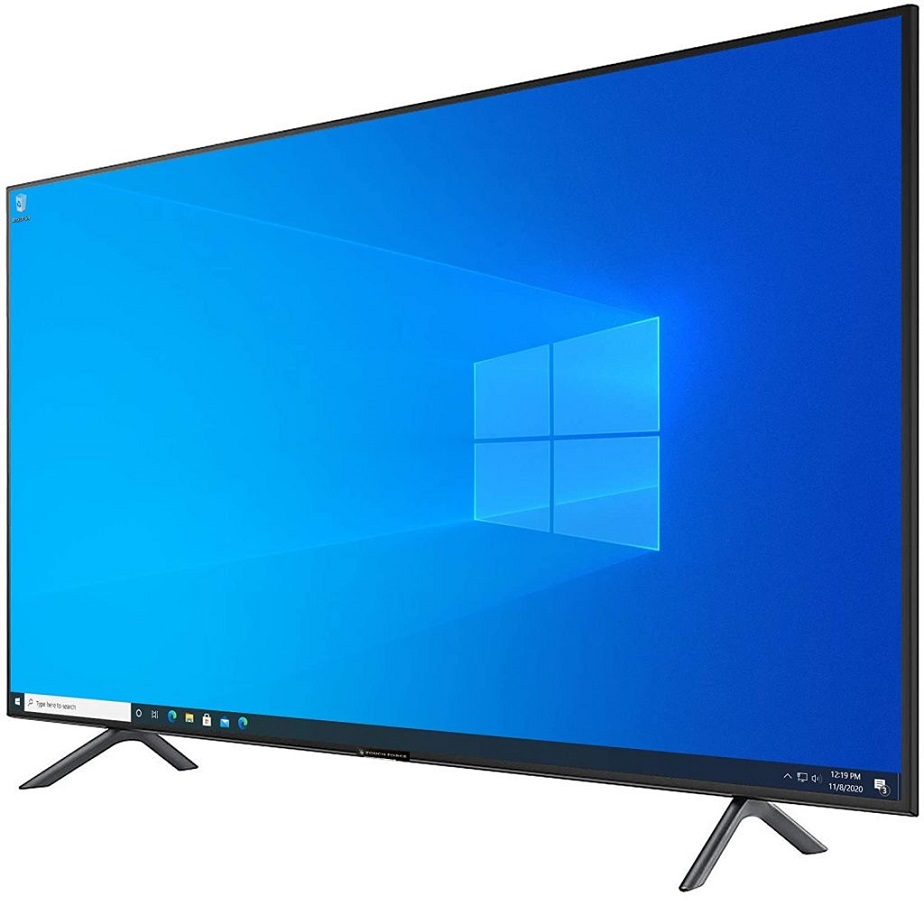
The usage of touch screens is not limited to just consumer electronics. They have found applications in industries like healthcare, education, and transportation. For instance, in hospitals, touch screens help medical staff access information quickly. This speeds up processes and reduces errors in patient care. Similarly, in classrooms, interactive touch screens foster a hands-on learning environment. Students can engage with the material, making learning more effective and enjoyable.
As technology continues to advance, touch screens have evolved. They now feature enhanced durability, improved sensitivity, and better clarity. Manufacturers are always looking to create better screens. This development not only enhances user experience but also expands potential applications. The market for touch screens is growing. They are becoming a central component of modern devices.
Types of Touch Screen Technology
Resistive Touch Screens
Resistive touch screens have been around for a long time. They work by using two thin layers that are separated by a small gap. When you press on the surface of the screen, the two layers touch each other. This contact sends a signal to the device, telling it where the touch occurred. Resistive screens are affordable and can be used with any object, including a stylus or finger. They are often more durable in harsh environments, making them suitable for industrial applications.
However, resistive touch screens have limitations. They do not support multi-touch gestures, making them less versatile than newer technologies. Their visibility can also be a concern in bright light conditions. The layers can create glare, making it hard to see the screen. Additionally, resistive screens typically have lower resolution compared to capacitive screens. As a result, they are slowly being phased out in favor of more advanced technologies.
Despite these drawbacks, resistive touch screens can still be useful. They are often found in devices that do not require high-resolution graphics. For instance, they can be seen in retail kiosks or simple gaming machines. Their durability and low cost make them a practical choice in some situations. Manufacturers continue to use them in applications where precision is not as crucial.
Capacitive Touch Screens
Capacitive touch screens, on the other hand, are more advanced. These screens consist of a glass layer coated with a transparent conductor. When a finger touches the screen, it creates an electrical charge that the device can detect. This interaction allows for multi-touch gestures. Users can zoom in or out and swipe between screens easily.
Capacitive screens tend to offer better clarity and sensitivity than resistive screens. They are ideal for smartphones and tablets, where high-resolution displays are essential. Their ability to respond quickly to touch makes them popular for gaming and other interactive applications. However, these screens do have some limitations. For instance, they may not work well with gloves or styluses that are not designed for capacitive touch.
The cost of capacitive touch screens is typically higher than that of resistive screens. This expense may deter some manufacturers, particularly those creating budget-friendly devices. However, as technology evolves, the price of capacitive screens continues to decrease. Many devices now feature this technology as a standard.
Optical Touch Screens
Optical touch screens are a less common option but offer unique advantages. They utilize cameras or infrared light to detect touch. This technology can cover larger surfaces, making it ideal for interactive displays in public spaces. Users can interact from a distance, which can be beneficial in crowded areas.
While optical screens provide a different kind of experience, they may not be as responsive as capacitive screens. They rely on external light sources, which can affect visibility. Additionally, they might struggle in bright environments or with objects obstructing the view of the sensors. Despite these challenges, optical touch screens are often used in digital signage and exhibitions.
Comparison and Evolution
As technology evolves, each type of touch screen technology offers distinct benefits and challenges. Manufacturers must consider factors like cost, sensitivity, and intended use when selecting a screen type. Today, we often see hybrid models that incorporate the benefits of multiple technologies.
Overall, the variety of touch screen options allows for broader applications. As touch screen technology continues to advance, we can expect even more innovative solutions for interaction.
Evolution of Touch Screen Interfaces
Early Beginnings
The concept of touch screens is not new. The origins date back to the 1960s; early prototypes existed for specialized applications. However, they were not widely adopted. The technology needed to improve drastically before becoming mainstream. Gradually, research and development progressed, leading to the creation of the first commercial touch screens in the 1980s. These were primarily used in industrial settings, offering a new way to interact with machines.
The growth of personal computing in the late 1980s and early 1990s brought more attention to touch screens. Still, they were considered a luxury, featured only in high-end devices. The introduction of Windows 95 marked a significant shift. It paved the way for more user-friendly interfaces that incorporated touch. However, these early versions did not gain wide acceptance due to factors like cost and limited functionality.
Technological Advancements
The introduction of capacitive touch technology in the early 2000s marked a turning point. Many devices transitioned from resistive to capacitive screens, offering improved responsiveness and clarity. This change was significant for smartphones. The launch of the Apple iPhone in 2007 revolutionized the market. It popularized multi-touch gestures, changing how users interacted with their devices. The iPhone’s success set a new standard, prompting competitors to adopt similar technologies.
As smartphones and tablets became more popular, touch screens became ubiquitous. Manufacturers recognized the potential for touch technology beyond just phones and tablets. Companies began to experiment with touch interfaces in laptops, televisions, and even appliances. The home automation market saw a rise in touch screen controls. They became more than just a means of interaction—they changed how people lived.
Touch Screens in Everyday Life
Today, touch screens are everywhere. You can find them in restaurants, retail stores, and public transportation systems. Many people use them without even noticing. This technology has enabled quick and intuitive interactions. For example, ordering food from a touch screen kiosk is now a common experience. Users appreciate the speed and simplicity. This shift has altered business operations, improving efficiency and reducing waiting times.
In addition to convenience, touch screens have opened new doors in education. Schools now use interactive whiteboards equipped with touch screens. This technology engages students in a more direct way. Lessons become interactive and dynamic, capturing students’ attention. Teachers can easily illustrate concepts, making learning more effective.
Despite their many advantages, touch screens also come with concerns. Issues such as screen damage, fingerprints, and wear and tear arise. Manufacturers address these concerns with better materials and coatings. Innovations like oleophobic coatings help reduce smudges and fingerprints on screens. These advancements extend the lifespan of devices and improve user experience.
Touch Screen Applications in Various Industries
Healthcare
The healthcare field has significantly benefited from touch screen technology. Medical professionals often rely on touch screens for patient management. Doctors can access vital information quickly without the need for cumbersome paper records. This immediate access enhances efficiency and accuracy in patient care.
Touch screens also facilitate better communication between doctors and patients. Medical teams can share test results and explanations easily through an intuitive interface. For patients, interactive kiosks can streamline processes. They can check in, update medical histories, or schedule appointments at their convenience.
Furthermore, in surgical settings, touch screens have revolutionized operations. Surgeons can view records, images, and data without needing assistance. This independence allows for more focused and effective procedures. The implementation of touch technology in healthcare improves safety, communication, and overall patient experience.
Retail
In the retail industry, touch screens have transformed customer interactions. Point of sale systems now often include touch screens. This technology speeds up transactions, allowing staff to process payments quickly and accurately. Customers appreciate the efficiency, which can lead to increased sales.
Interactive displays in stores also engage customers. They can browse product catalogs, check prices, and find store locations. Some retailers use touch screens as kiosks for product information. Customers can learn about features, reviews, and comparisons without needing staff assistance. This self-service model empowers customers, making their shopping experience more enjoyable.
Touch technology in retail doesn’t just benefit customers; it helps staff, too. Inventory management systems now utilize touch interfaces. Employees can quickly check stock, update inventories, and place orders. This efficiency maximizes productivity and minimizes human error.
Education
The education sector has embraced touch screen technology wholeheartedly. Interactive touch screens have become common in classrooms. They function as digital whiteboards, enabling teachers to present lessons creatively. Students can participate actively, answering questions or contributing ideas directly on the screen.
These screens support diverse learning styles. Visual learners can benefit from interactive visuals, while kinesthetic learners engage with hands-on activities. The dynamic interface keeps students interested and focused, making lessons more memorable. Teachers find it easier to adapt lessons to students’ needs with this technology at their fingertips.
Moreover, educational institutions are using touch screens for administrative purposes. From scheduling to enrollment, schools streamline tasks using touch technology. This leads to better organization and effective management.
Future of Touch Screen Technology
Predictions and Trends
As technology evolves, touch screens will continue to grow and adapt. Innovations are already on the horizon. One significant trend is the arrival of flexible screens. These displays can bend, fold, or even roll up. This adaptability allows for exciting new device designs. Imagine smartphones that can transform into tablets or even larger displays on command.
Another trend includes enhancements in haptic feedback. Users will not only see but also feel interactions on touch screens. Advanced vibrations and simulated textures could make touch interactions more realistic. This improvement will open new possibilities in gaming and virtual reality environments.
Artificial intelligence will also play a role in the future of touch screens. AI algorithms can learn user behaviors and preferences. Personalizing the user experience will lead to more intuitive interfaces. Sensors will gather data to deliver tailored information based on usage patterns.
Challenges Ahead
While the future looks bright for touch screen technology, challenges remain. As devices become more integrated, security concerns grow. With increased connectivity, the potential for hacking or unauthorized access increases. Manufacturers must focus on robust security protocols to protect user data.
Durability is another challenge. As touch screens become more flexible, they must still withstand daily wear and tear. Innovations that enhance strength without compromising functionality will be crucial. This aspect is especially important in high-traffic environments like schools or hospitals.
Conclusion
Touch screens have undeniably changed how we interact with technology. From early prototypes to modern devices, their evolution has been remarkable. Today, they are an integral part of our daily lives, enhancing efficiency and engagement across various fields.
As we look to the future, exciting developments await. Flexible designs, enhanced feedback, and AI integration will shape the next generation of touch screens. While challenges persist, continuous advancements will overcome these hurdles. The journey of touch screen technology is far from over. Its impact will only grow, fundamentally changing our relationship with devices and enhancing our experiences for years to come.
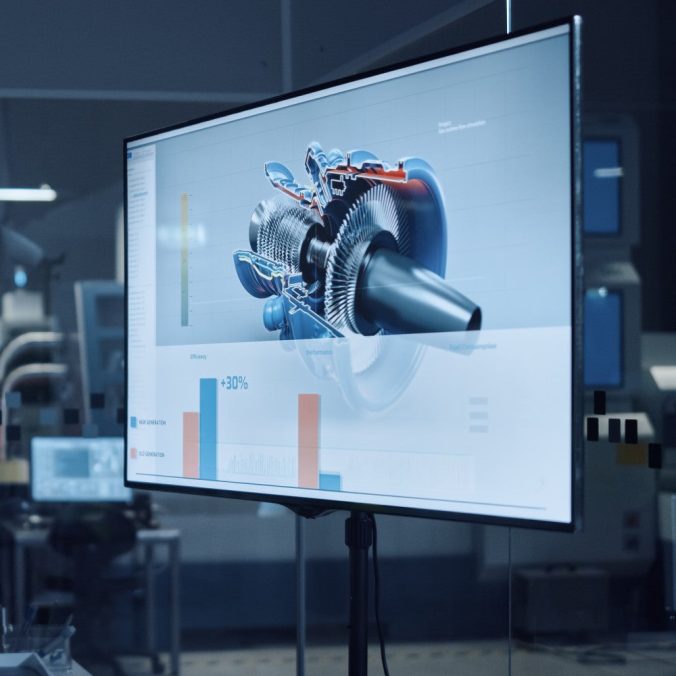
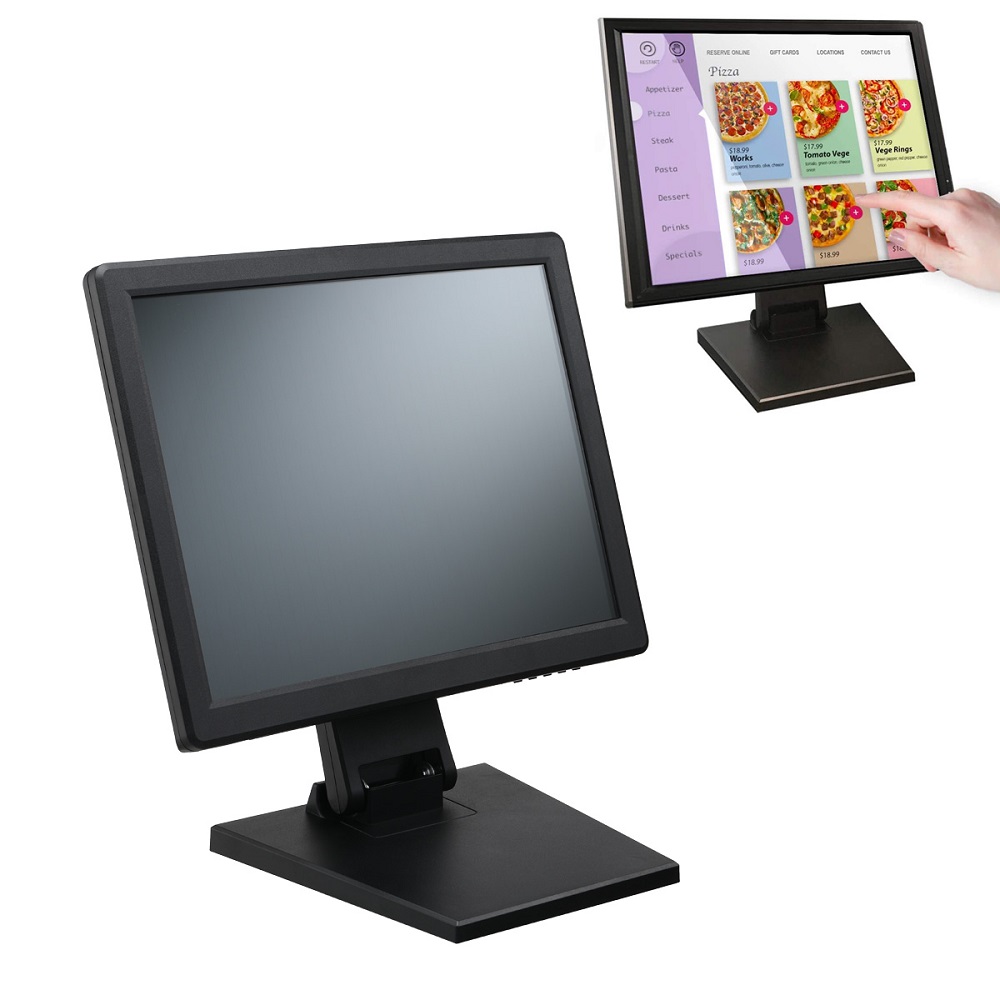
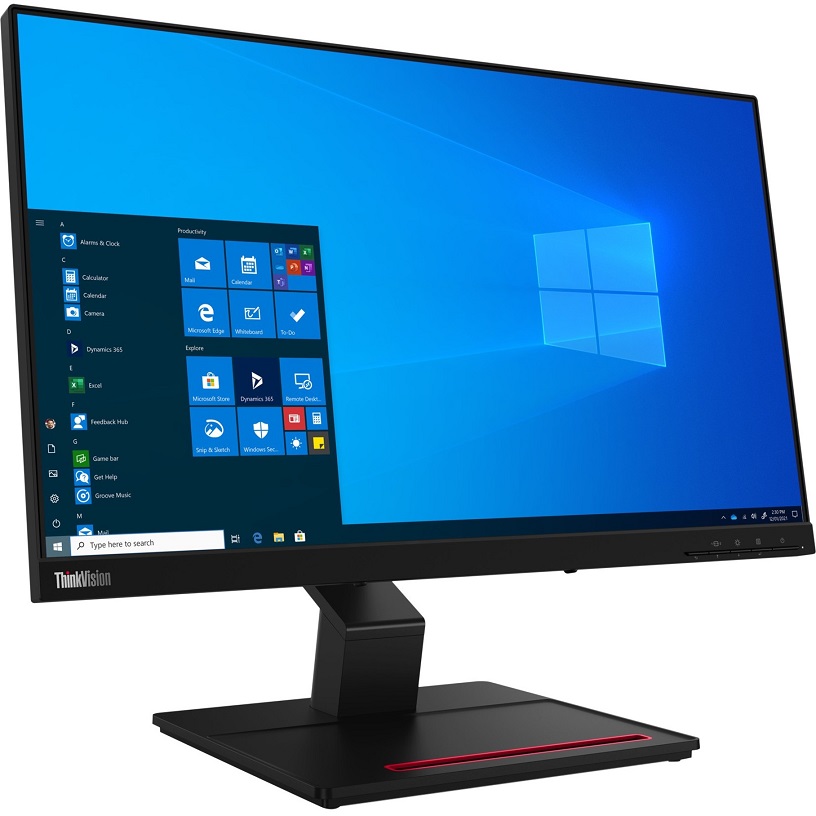
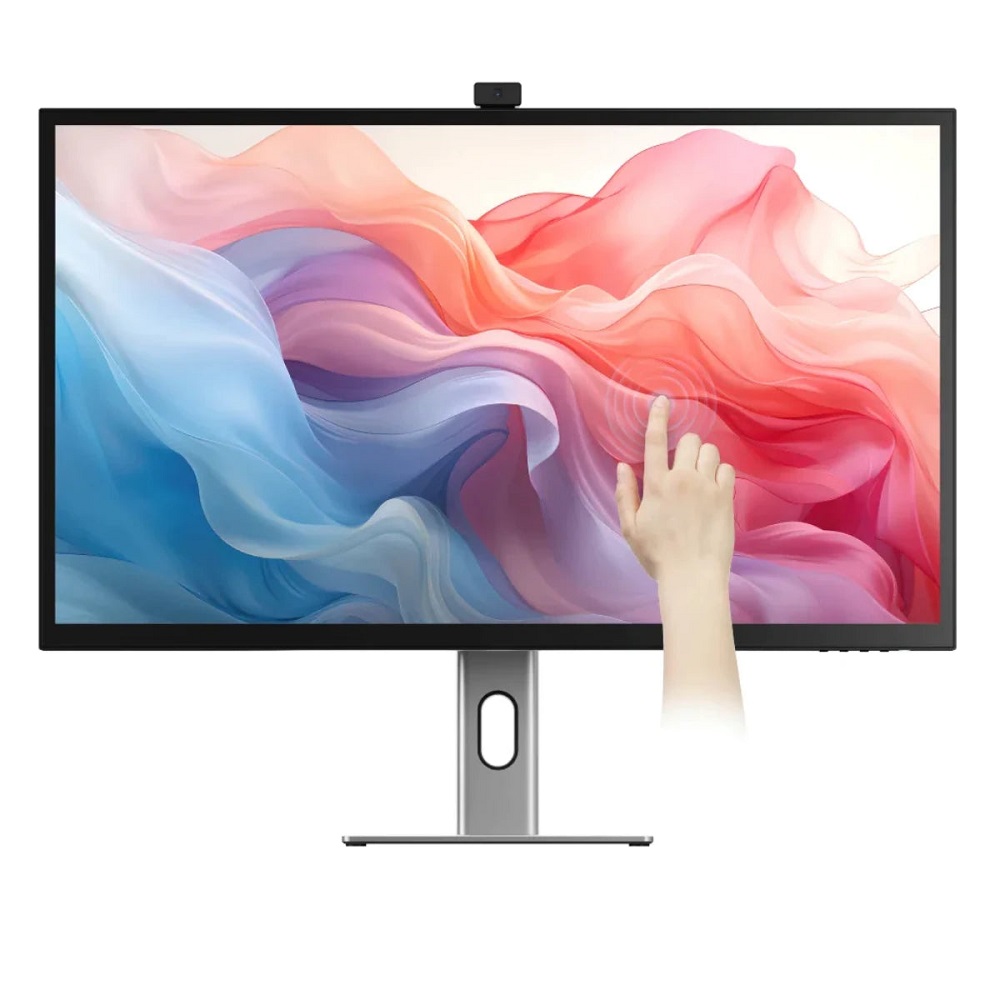
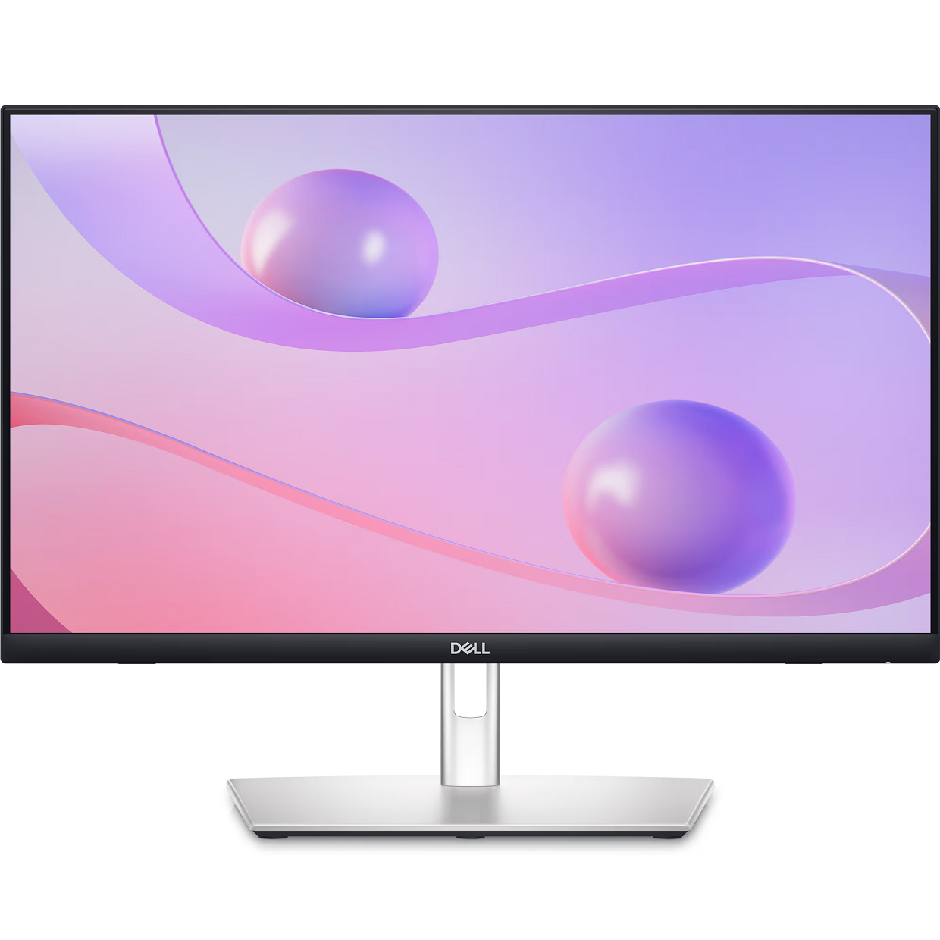
Leave a Reply